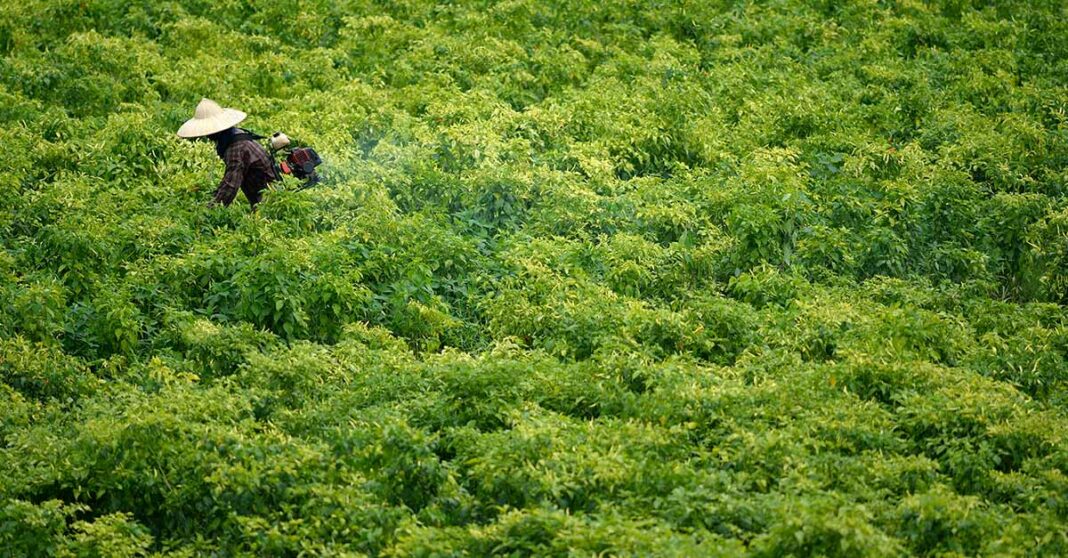Overfishing and habitat degradation caused by rapid population growth, infrastructure development, and climate change are stressing the Lower Mekong Basin’s fisheries while changes in the Basin’s aquatic ecosystems are impacting social conditions.
This was discussed in two reports released today by the Mekong River Commission (MRC), which reveal that fishing continues to be a vital livelihood in Cambodia, Laos, Thailand, and Vietnam.
The two reports entitled “Status and Trends of Fish Abundance and Diversity in the Lower Mekong Basin during 2007–2018” (FADM) and “Social Impact Monitoring and Vulnerability Assessment 2018” (SIMVA) found that households continue to rely on water resources that are increasingly under pressures.
“These studies further highlight the importance of responsible development, balanced regional and national interest, and stronger regional cooperation in order to safeguard the Mekong River water and related resources,” Dr. An Pich Hatda, MRC Secretariat Chief Executive Officer, said.
Both reports recommend that fish stocks are protected to ensure food supplies for millions of people living in the LMB and safeguard any further erosion in household incomes. According to the SIMVA 2018, 35% of 2,800 surveyed households said their income was lower, 32% said it was the same and only 26% said that their income increased slightly, while 6% indicated that their income increased significantly, compared to 2013.
Adverse changes in water resources, which include agriculture, aquaculture, fish, other aquatic animals, and plants, are affecting incomes with around 22% of households indicating they had been impacted by the issue.
But other non-water resources-related livelihoods that include gainful employment or business or trading play increasingly important roles and may reduce vulnerabilities to changes in the Mekong water resources. The two reports caution that there is still significant scope for improvement that has policy implications for governments if communities are to be protected from water and climate-related vulnerabilities.
The 138-page long FADM is the first-ever large-scale study to consider both spatial and temporal variations of fish abundance and diversity in the LMB, using the MRC’s long-term fisheries monitoring data. The study established that fishing communities in almost all zones of the LMB were disturbed. In Laos and Vietnam, catch rates declined at two of four and three of five stations surveyed, respectively.
As part of broader recommendations, the study urges governments of the four MRC Member Countries to enforce national fisheries laws and jointly implement the approved Mekong Basin-wide Fisheries Management and Development Strategy to restore distressed fishing communities. It also further proposes integrating river management plans to address risks from increasing hydropower development.
The monitoring was conducted daily between 2007 and 2018 by professional fishers at 38 stations along the Mekong mainstream and its major tributaries. But only 25 sites were selected for the study due to incomplete data. Eleven of the 25 monitoring stations were in Cambodia, four in Laos, and five each in Thailand and Vietnam.
The 168-page long SIMVA, on the other hand, gathered new data and information that provides insights into the social conditions, vulnerabilities and well-being of communities along the Mekong mainstream. Among other notable findings in the study was the growing incidence of flooding possibly as a result of climate change and other factors, including water infrastructure development.
During 2015–2018, around 62% of the sampling villages experienced losses and damages from flooding. Thailand had the highest portion at 80%, while Viet Nam had the lowest at 42%. Twenty-five percent of villages said that the impacts of flooding became much worse, and 25% of villages reported these impacts were worse in the last 12 months than in previous years. Compared to the 2014 survey, losses and damages from main climate shocks, especially flooding, have increased significantly.
The SIMVA 2018 survey is the third of its type and was conducted in the same study sites and used the same methods as the SIMVA 2014 survey.
Among its other findings, the SIMVA 2018 survey reveals that the percentage of households engaging in fishing decreased across the region from 50% in 2014 to approximately 37% in 2018. This was due in part to reduction in fish catches, and partly to growth in other economic opportunities and livelihoods diversification.
Gender inequality is also an important factor stoking societal vulnerabilities. Traditional gender roles are prevalent in many areas of the LMB corridor, with major disparities in employment and pay between women and men. Female-headed households are particularly exposed as they are also a single-parent household. The survey found 19% of households were headed by females and 81% by males. Laos and Vietnam had the lowest rate of female-headed households, at 13%, while Thailand at 27%, had the highest.
Besides the FDMA and SIMVA initiatives, other major socio-economic monitoring exercises conducted by the MRC in collaboration with the Member Countries include the State of the Basin Report 2018, which was the first large-scale undertaking to assemble comprehensive socio-economic information in the basin, including the Upper Mekong River Basin.



